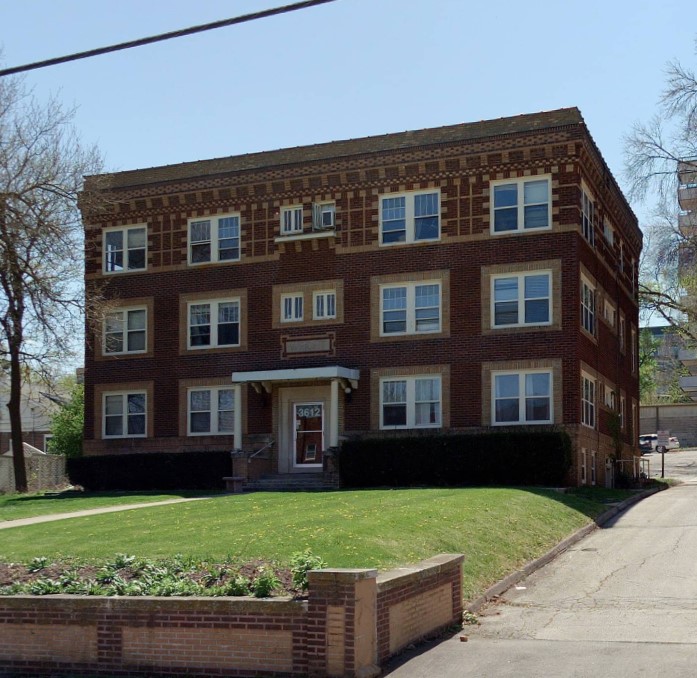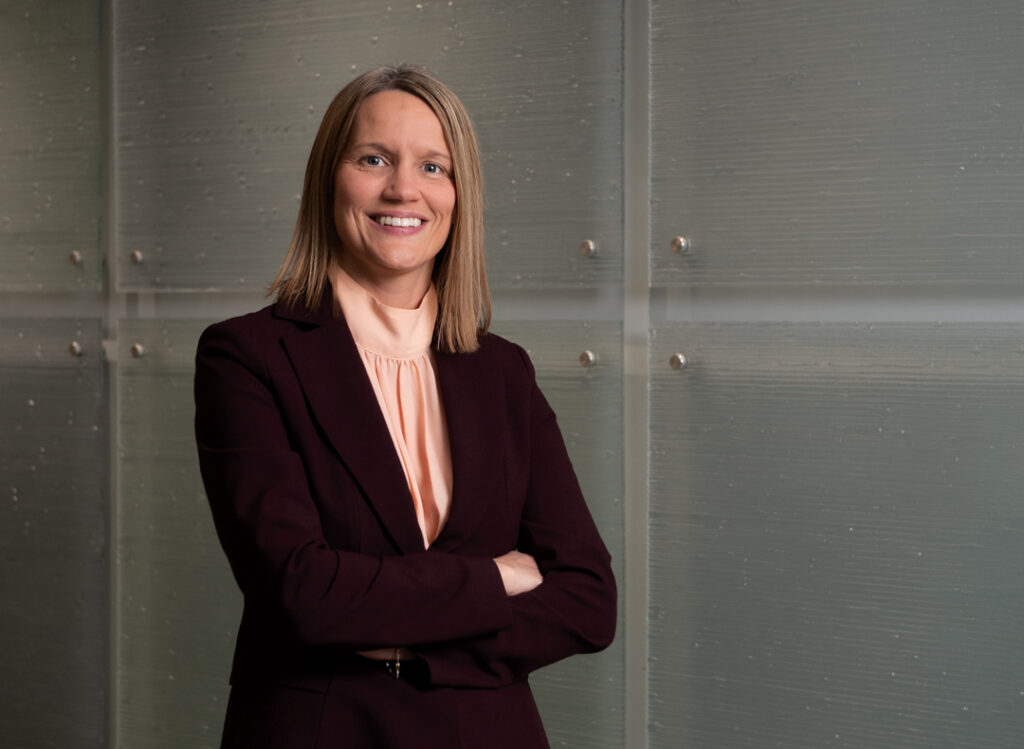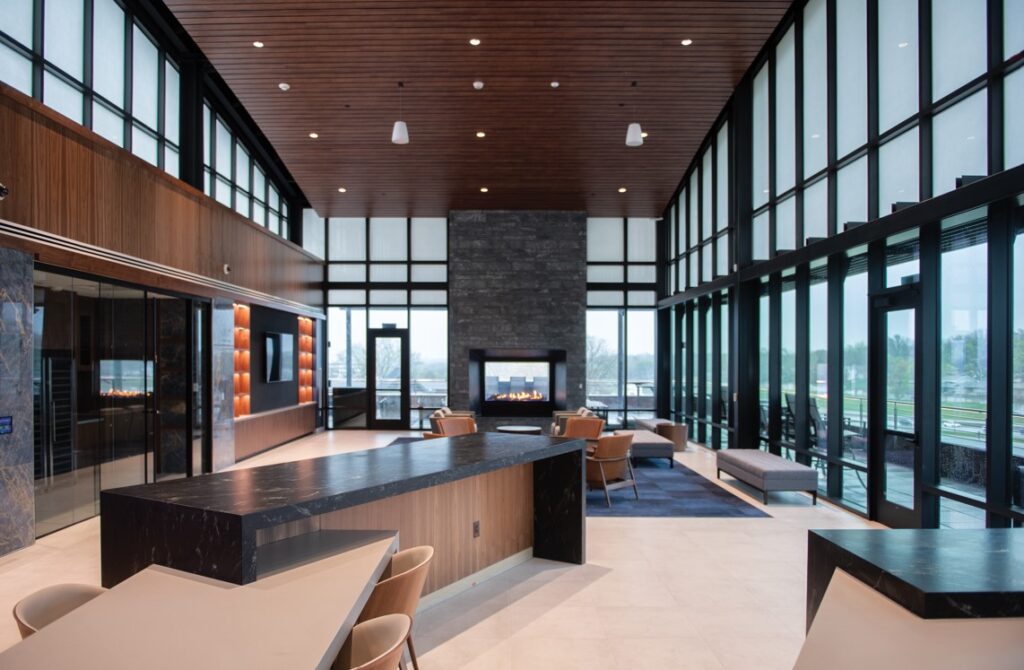Another look in the rearview mirror
A snippet of conversation about the dark days of 2008

KENT DARR May 22, 2019 | 1:17 pm
4 min read time
878 wordsBusiness Record Insider, Real Estate and DevelopmentWe’re a month away from marking the longest period of expansion after an economic calamity, in this case the Great Recession that stretched from December 2007 to June 2009. We still look over our shoulders, square into the dark days, and wonder if they’ll happen again. Most economists say “no.” Still, we keep asking what happened then and could it happen again anytime soon.
The question came up earlier this year when the Business Record hosted a panel of development specialists. The full video of the conversation along with a summary can be found in our Annual Real Estate Magazine.
www.businessrecordarem.com
Here is a snippet of our conversation about the dark days of 2008 — when the recession really struck home in Greater Des Moines. The panelists were Curtis Brown, assistant city manager and director of economic development with the city of Urbandale; Dennis Reynolds, owner of Reynolds Urban Design and Urban Planning; Aimee Staudt, vice president and director of development with Knapp Properties; and Nick Halfhill, president of Landmark Development Services.
Q: Brown raised this question and we followed up: When you look at 2008 and what led up to that, what is different? Are the land prices back to that level?
Halfhill: Yeah, the prices aren’t what broke. What broke was, well, a lot of things. But what’s immediately different is, it is far less risky. We’re never going to get rid of the risk. Any business endeavor is a risk, right? But it’s a lot different. And by and large, where some companies, maybe they didn’t change their practices at all, but there were a lot more entities that either don’t exist or were forced to say, “Look, you cannot do it this way.” And land development, by and large, real estate is the easy one to point your finger at because it is inherently risky. So I think people nowadays want to get a little more from land development.
Are you going to go build 100 lots and hope you sell on it, or are you going to get those 100 deals worked out, or 75, whatever percentage. You’re going to be a little more concerned about that business model. That’s a benefit. And what’s changed is we all have had the opportunity to experience 2008. Before that, I was 7 in 1980, so the farm crisis didn’t hit me the same, it hit my family members. But I didn’t have an economic issue to go through like that. Now we’ve had it, so we have our reasons for reacting the way that we do.
Staudt: Simplistically, I think that, back before 2008, there were a lot of banks, developers, you name it, in the real estate industry that maybe felt like they were taking too much risk but in order to compete and do any business, you had to take that risk, because there was someone else who would’ve done it. And some people didn’t change their practices. I would say the people who maybe resisted that a little bit said, “That’s too much risk for me; I’m gonna try and make the deals work that don’t get me to that risk level” are the ones who survived. And the ones who said, “You know what? Everybody else is doing it. I’m jumping in. I’m gonna make these deals and so far it’s worked out.” Well, then it stopped working out and now, like Nick said, people have lived through that and they understand, and, hey, there were consequences to making those decisions. [They say,] “I’m going to change how I do business because of that.”
Q: What would be an indicator that people are starting to do that again, where they are taking that much risk? Is there something that you’d be looking for?
Staudt: The fundamentals in real estate are not rocket science. You factor in your costs, you factor in your projected revenue and the return you need. You figure out your risks from that. The problems were people saying, “Well, yeah, I’m gonna make no-doc loans and I’m gonna just assume it all works out well.” If you stick with the fundamentals, you’re going to be fine. And people weren’t doing that then.
Q: If you have a sector that struggles — retail, for example — does it create a new opportunity, a different development opportunity, or does that upset the balance of those fudamentals?
Reynolds: That’s how I see it. If you were to ask me where do I think the next opportunities lie, surely we’ve milked the multifamily market as far as we can. But the failing strip center is an area, and the big-box retailer is just ripe, to me, for rethinking in an innovative way. Des Moines, if it has a weakness, in my perspective, one of them is we’re really limited with our entertainment and shopping choices. We’ve got the East Village, a little bit of something there at Valley Junction. A little bit of something in Beaverdale, and then the big mall experience. And lots of retail spaces that are pretty marginal and need to be reinvented. So how do we reinvent those retail spaces they’re big, simple building forms. How do we reinvent them, and in a multitude of uses?






